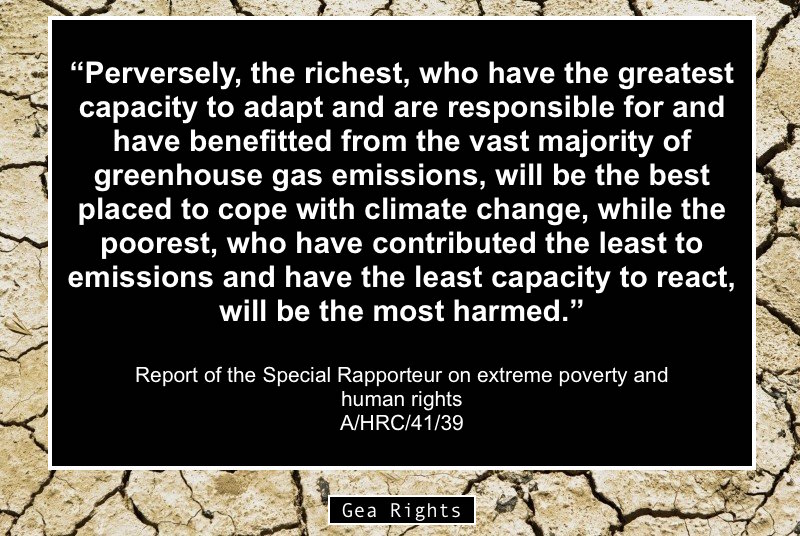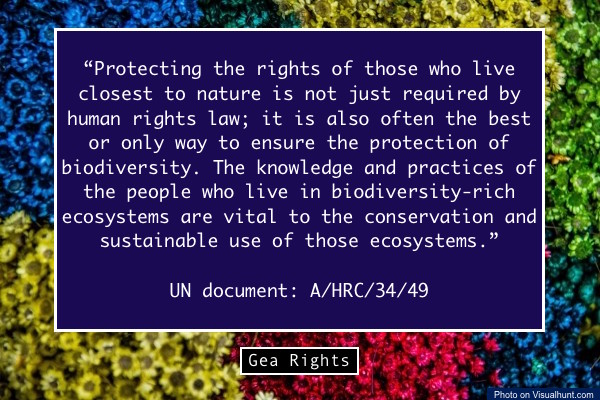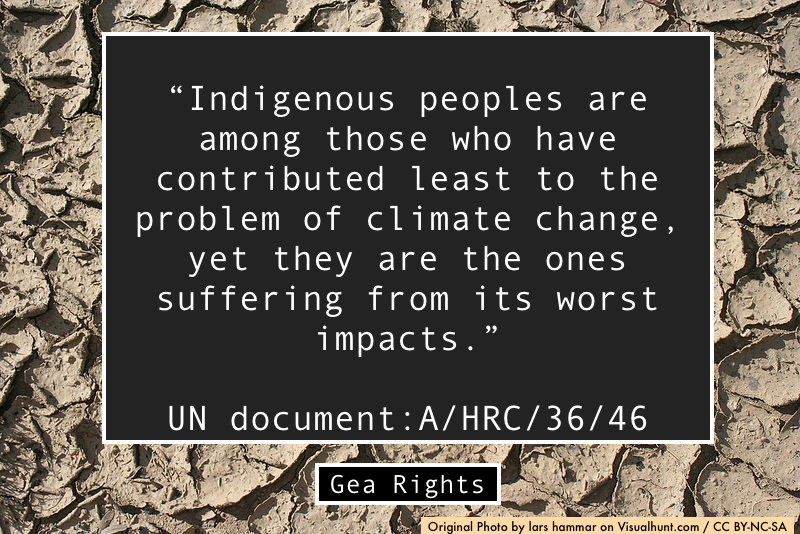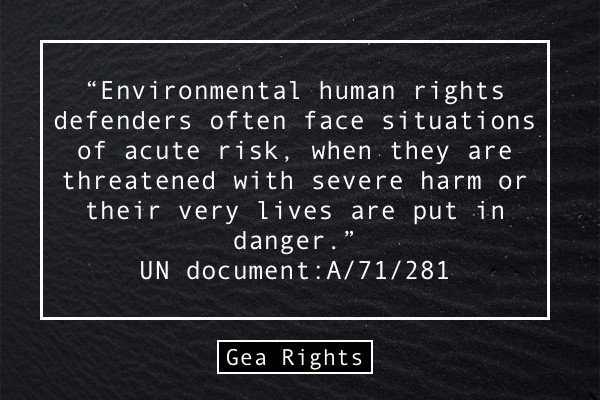‘Biological diversity’ means the variability among living organisms from all sources including, terrestrial, marine and other aquatic ecosystems and the ecological complexes of which they are a part; this includes diversity within species, between species and of ecosystems.
The loss of biodiversity is one of the greatest threats to the environment and, for this reason, it has recently received growing recognition as a vital environmental issue.
Human action is the main cause of this loss.
As noted by Borrás Pentinat, the very conservation of biological diversity is vital to humanity. More than 40,000 species of plants, animals, fungi and microbes are normally exploited for the benefit of mankind and it is estimated that 40 percent of modern drugs come from wild sources. Organism interdependency dictates that harm to or loss of one organism will alter an ecosystem, perhaps in dramatic and irreversible ways; loss of a single species within an ecosystem, then, means alteration of the system’s operations; loss of several organisms from an ecosystem will most likely result in the weakening and even the destruction of the ecosystem.
Watch this beautiful video about the reintroduction of wolves in Yellowstone National Park to understand the importance of biodiversity and interdependency: https://www.youtube.com/watch?v=ysa5OBhXz-Q
Here are some interesting and informative links:
https://en.unesco.org/news/biodiversity-and-nature-s-contributions-continue-dangerous-decline
https://www.who.int/globalchange/ecosystems/biodiversity/en/
- S. Borrás Pentinat, La Diversidad Biológica, in Derecho Internacional del Medio Ambiente: una visión desde Iberoamérica, edited by Francesco Sindico and others, Cameron May, 2011.
- T. Dobson, Loss of Biodiversity: An International Environmental Policy Perspective, 17 N.C. J. Int’l L. & Com. Reg. 277, 1992.







Leave a Reply